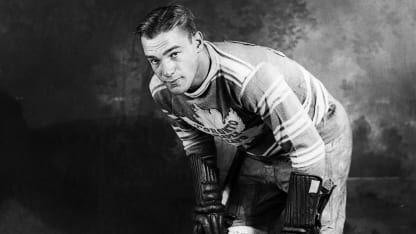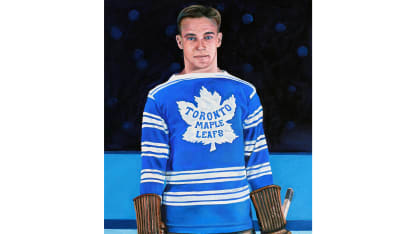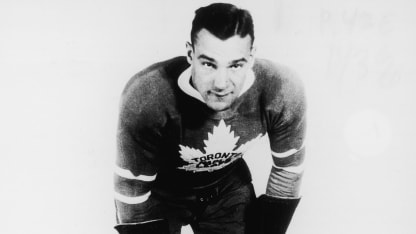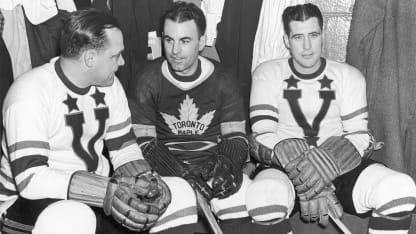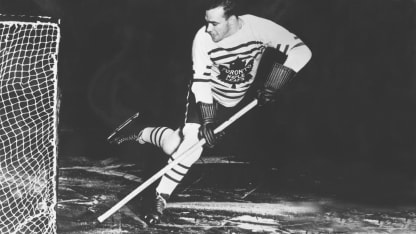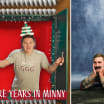Charlie saw light at the end of his tunnel after a childhood lived in poverty, saying, "I was born in one of Toronto's high-class slums. We didn't have a pretzel, we didn't have enough money to buy toothpaste. … We were poor as church mice."
Yet this did nothing to keep the children from thriving as athletes, most notably brothers who are the only three siblings immortalized in the Hockey Hall of Fame: Lionel, the best athlete of the three, played for the NHL's Pittsburgh Pirates, New York Americans, Montreal Maroons and Chicago Black Hawks, and Roy suited up for the Boston Bruins, Detroit and Chicago.
Lionel did well at any sport he tried - hockey, boxing, wrestling, lacrosse and baseball. In 1950 a panel of newspaper sports editors voted him greatest all-around athlete of the first half of the 20th century.
But it was Charlie, larger than life in Toronto, who most captured the imagination of Maple Leafs fans, arriving from the junior Marlboros in 1929-30 to score 20 goals in 38 games, with coach Dick Irvin putting Conacher on a line with center Primeau, 23, and left wing Jackson, 18, to form the "Kid Line." During a seven-season span from 1929-36, the trio piled up nearly 800 points.
He was a priceless teammate to the men he played with, his sheer size a deterrent to those who wished to take liberties with smaller players.
"I never had a finer friend in Toronto than Charlie," said diminutive defenseman Frank "King" Clancy, a teammate of Conacher's with the Maple Leafs from 1930-37. "He was my protection as a Maple Leaf. He didn't go looking for trouble, but if it came along, he would clear it up."
Conacher was the brightest light on a team known through the 1930s as "The Gashouse Gang," leading by deed and example. Barely out of his teens, he had fans and seasoned hockey men taking sharp notice.
